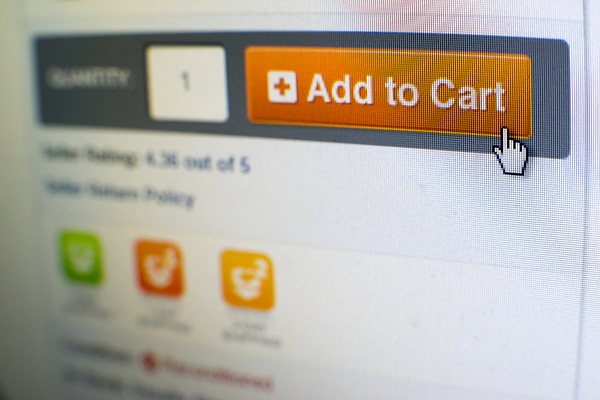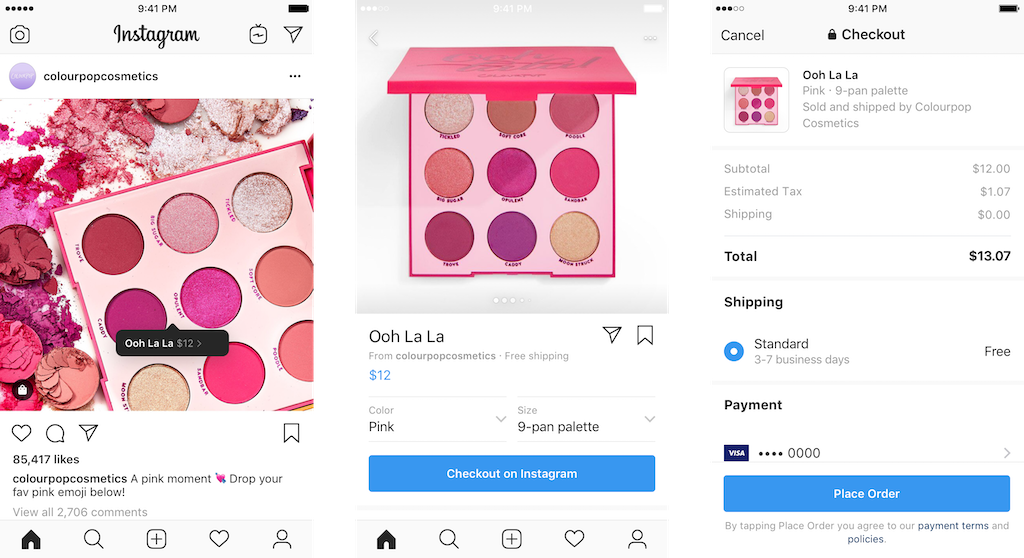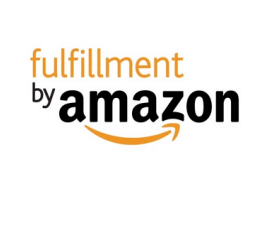The Importance Of Fast And Free Shipping Across Marketplaces


Today’s consumers expect fast and free shipping wherever they shop online.
Amazon Prime has set the standard when it comes to ecommerce shipping: Two-, one-, and even same-day shipping have become the norm.
As Chris Mims wrote in his 2018 Wall Street Journal article on “The Prime Effect”: “Alongside life, liberty and the pursuit of happiness, you can now add another inalienable right: two-day shipping on practically everything.”
That’s why online marketplaces like eBay and Walmart have jumped on the 2-day shipping bandwagon:
Sellers across marketplaces need to keep up with these fast-evolving customer expectations by providing fast, free shipping — or risk losing business. 38% of customers say they’ll never buy from an online seller again following a negative delivery experience.
On the other hand, if you offer a great customer experience all the way through delivery (and returns, if need be), you’ll reap the benefits:
Keep reading to learn more about the benefits of offering fast and free shipping — and the fulfillment methods your business can leverage to create a best-in-class shipping experience.
Here are a few of the main benefits of offering fast and affordable (or free!) shipping on your online store or marketplace.
44% of online shoppers who abandon their carts cite shipping and handling costs as the primary reason. 24% of customers have canceled an order due to too-slow shipping. Reduce cart abandonment and keep conversions high by offering the fast and free shipping your customers expect.

73% of online shoppers expect affordable, fast delivery. When you meet this expectation, they’ll come back for more — and tell their friends. You can also include free shipping offers as part of a loyalty program, which is exactly how Amazon Prime has come to have over 100 million Prime members — and redefine ecommerce shipping standards.
When you offer free shipping at a minimum purchase threshold (like free shipping for all orders over $50), many shoppers will add additional products to their cart to meet the minimum. A 2015 study conducted by comScore and UPS found that 52% of American shoppers have added extra products to their shopping cart to meet a minimum purchase threshold.

Different fulfillment methods fit different businesses’ needs; there’s no one-size-fits-all solution. Here are some of the ways ecommerce merchants can offer free and fast shipping across marketplaces and shopping carts.
Some merchants choose to fulfill orders out of their own warehouses. Fulfilling orders in-house gives you full control over your packing and shipping processes — which can be both an advantage and a disadvantage. Offering same-day (or even two-day) shipping can be unreliable and expensive when fulfilling orders in-house and relying directly on the major providers. It can be difficult to meet different marketplace’s fast shipping guarantees (and qualify for Amazon Prime and eBay Fast ‘n’ Free badges) when fulfilling orders in-house.
Over half of the top 1000 sellers on Amazon use Fulfilled by Amazon (FBA). This lets merchants become part of the Amazon Prime program, which guarantees two-day shipping to customers who buy their products from Amazon. Unlike Amazon’s Seller Fulfilled Prime (SFP) program, where you’re responsible for shipping out orders with two-day shipping, FBA means that Amazon stores, packs, and ships your inventory to the end customer.

Of course, Amazon Prime only applies to orders placed on the Amazon marketplace; if you sell on other marketplaces or through your own site, you’ll need an additional fulfillment method for those orders. FBA also incurs seller fees on each item shipped through Amazon.
Partnering with a third-party logistics provider, also called a 3PL, helps you fulfill orders more quickly than you can in-house. You send your inventory to the 3PL’s warehouses, and they ensure it gets shipped out in time to meet a shipping guarantee. You can also distribute your inventory across different regions, which in turn puts your inventory closer to your end consumer and provides cost savings for two- and next-day shipping.
At a 3PL’s warehouse, staff pack and ship items as soon as a customer places an order on a marketplace or online store, then sends tracking information back to the seller.

Notifications